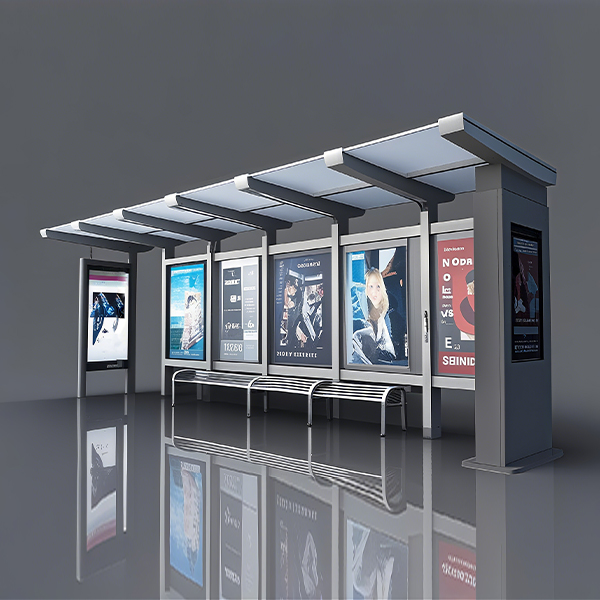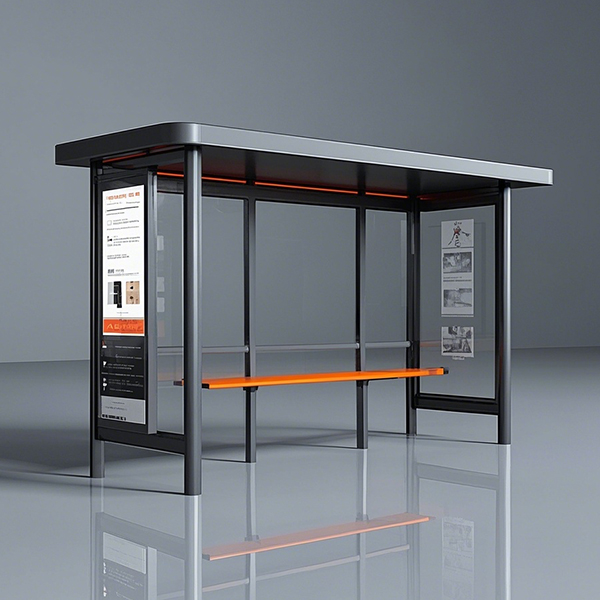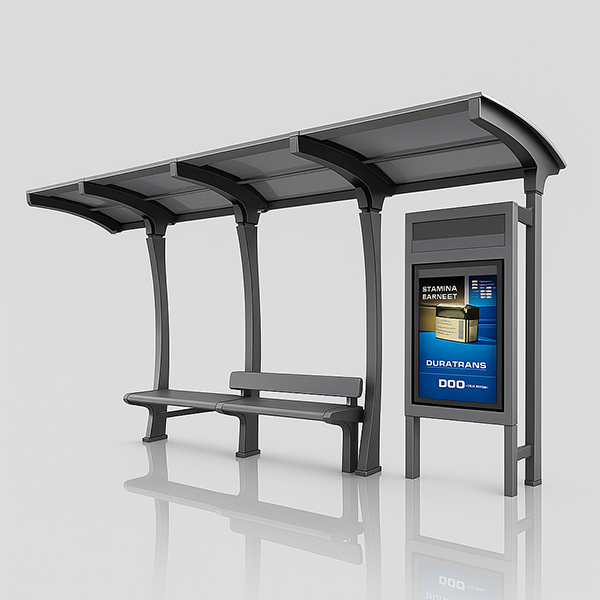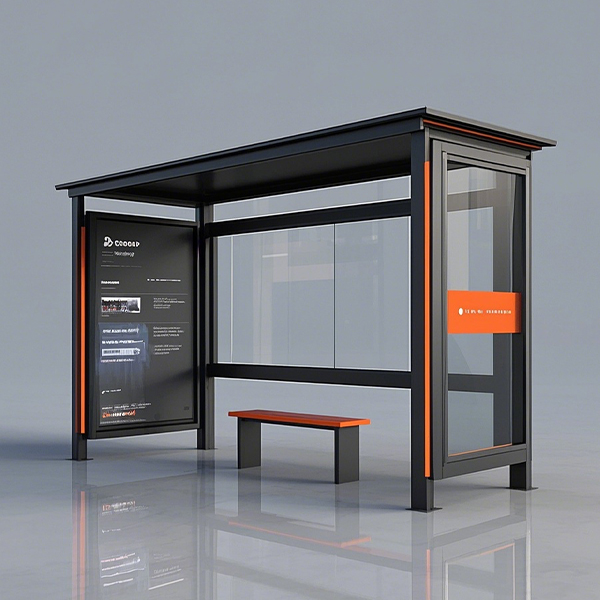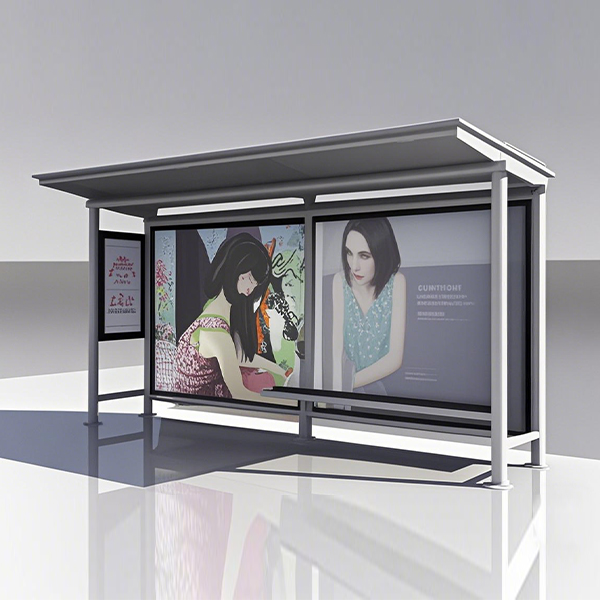
bus stop design guide
This comprehensive guide explores the key considerations for effective bus stop design, covering accessibility, safety, aesthetics, and sustainability. Learn how to create comfortable, functional, and visually appealing bus stops that enhance the passenger experience and contribute to a thriving community.
Understanding the Importance of Effective Bus Stop Design
Well-designed bus stops are more than just places to wait for transportation; they are vital components of a city's public transit system. A thoughtfully planned bus stop improves passenger safety, enhances accessibility for people of all abilities, and contributes to a more positive overall transit experience. Factors such as shelter design, lighting, signage, and proximity to other amenities all play a crucial role in creating a functional and welcoming space. Neglecting these elements can lead to negative impacts on ridership, safety, and the overall perception of public transportation.
Key Design Elements for Optimal Bus Stops
Accessibility
Accessibility is paramount. Bus stop design must adhere to ADA (Americans with Disabilities Act) guidelines or equivalent international standards. This includes providing ramps, level boarding, tactile paving, adequate space for wheelchairs and mobility aids, and clear signage with braille and large print. Consider the needs of passengers with visual, auditory, and cognitive impairments throughout the design process. For example, clear audio announcements of approaching buses are crucial for visually impaired passengers.
Safety and Security
Safety is a top priority. Proper lighting, clear sightlines, and well-maintained shelters deter crime and enhance passenger security. Consider incorporating features like CCTV cameras, emergency call buttons, and well-lit pathways to improve safety. Strategically placed shelters can also offer protection from inclement weather and create a sense of security.
Shelter Design and Comfort
Comfortable shelters are crucial for a positive passenger experience. Design should include protection from sun, rain, and wind. Consider incorporating benches with backrests, adequate seating capacity, and durable, weather-resistant materials. Adequate ventilation and natural light can improve comfort levels significantly. The integration of real-time information displays, like digital schedules, further enhances the passenger experience.
Aesthetics and Landscaping
The aesthetic appeal of a bus stop contributes to the overall urban environment. Consider integrating landscaping elements such as trees, shrubs, and flowers to improve the visual appeal and create a more pleasant waiting area. The use of sustainable materials and environmentally friendly design can create a positive impact on the surroundings. The overall design should complement the surrounding architecture and landscape.
Sustainable Design Practices
Incorporating sustainable practices into bus stop design is increasingly important. This includes using recycled and renewable materials, incorporating energy-efficient lighting, and designing for minimal environmental impact. Consider using solar panels for lighting or incorporating green roofs to reduce the urban heat island effect. Sustainable practices can lead to long-term cost savings and environmental benefits.
Examples of Innovative Bus Stop Designs
Many cities around the world are implementing innovative bus stop designs that prioritize passenger comfort, safety, and sustainability. Research case studies from cities like Copenhagen, London, or New York City to find examples of best practices and unique solutions. You can find inspiration and specific design elements for your own projects by studying successful implementations in various urban contexts.
Tools and Resources for Bus Stop Design
Various tools and resources are available to assist in the bus stop design process. CAD software, 3D modeling programs, and online design resources can be helpful. Consult relevant design guides and standards provided by transportation authorities or professional organizations. Remember to check local regulations and building codes throughout your design process.
Conclusion
Effective bus stop design is a critical component of a successful public transportation system. By carefully considering accessibility, safety, comfort, aesthetics, and sustainability, you can create bus stops that enhance the passenger experience and contribute to a thriving community. Remember to engage with stakeholders, including passengers, transit authorities, and local communities, throughout the design and implementation process to ensure the final design meets the diverse needs of your community.
For more information on innovative public infrastructure solutions, contact Shandong Luyi Public Facilities Co., Ltd. at https://www.luyismart.com/
Соответствующая продукция
Соответствующая продукция
Самые продаваемые продукты
Самые продаваемые продукты-
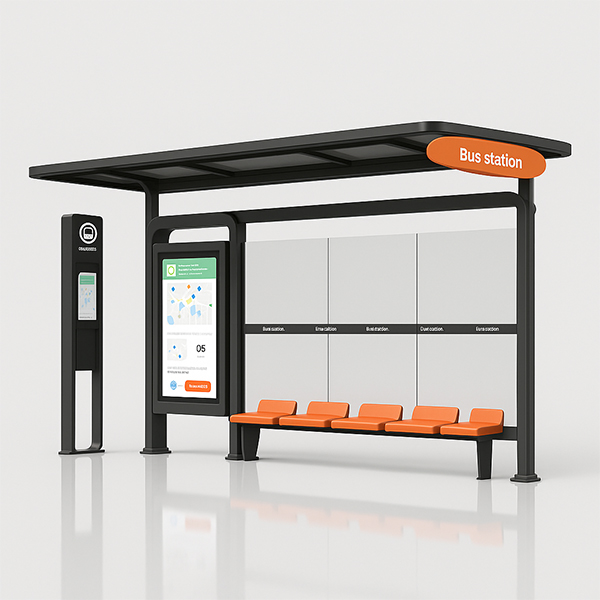 Smart Bus Station
Smart Bus Station -
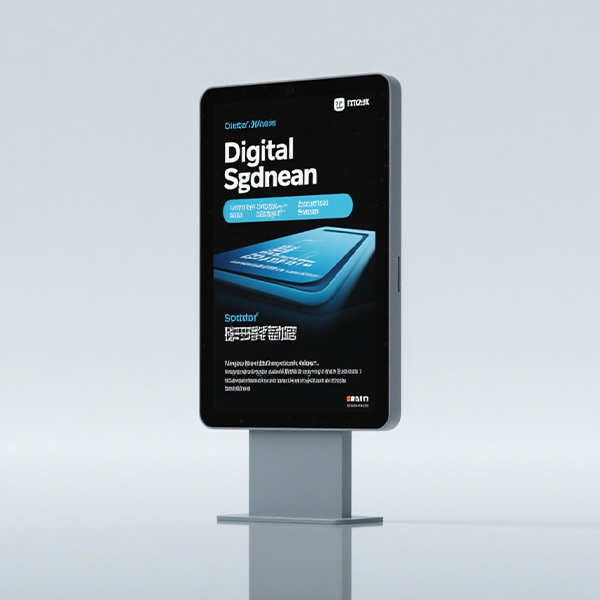 Digital Signage
Digital Signage -
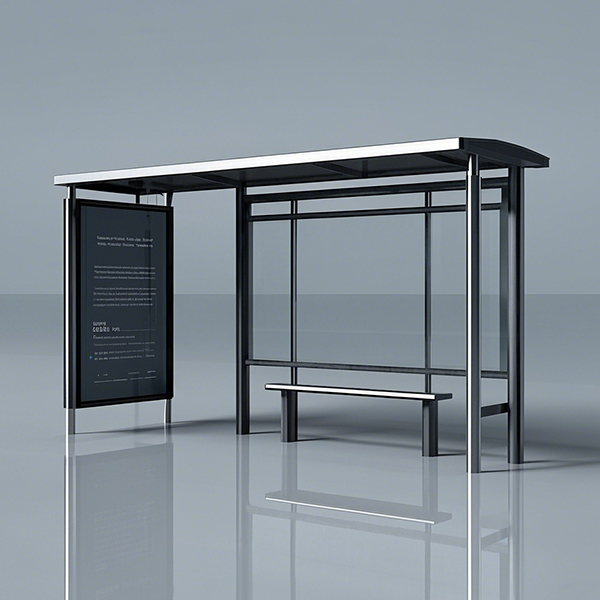 Stainless Steel Bus Stop
Stainless Steel Bus Stop -
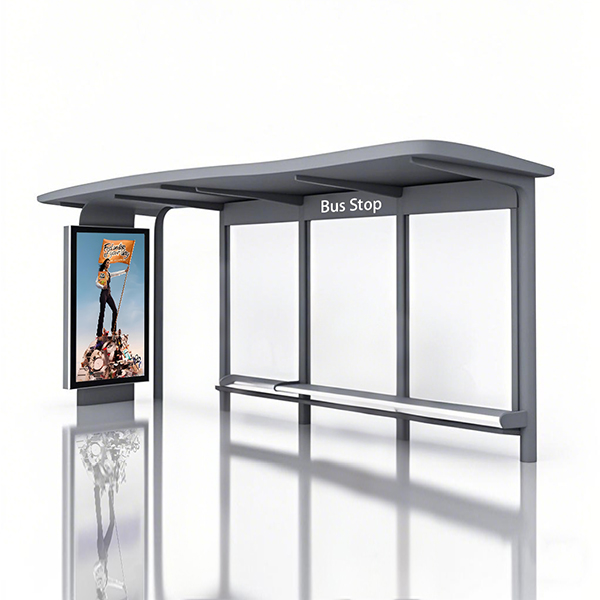 Single Light Box Bus Stop
Single Light Box Bus Stop -
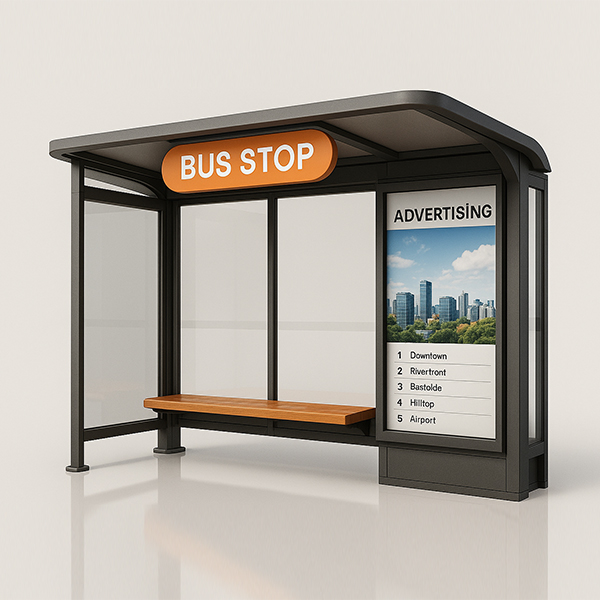 Single Light Box Bus Stop
Single Light Box Bus Stop -
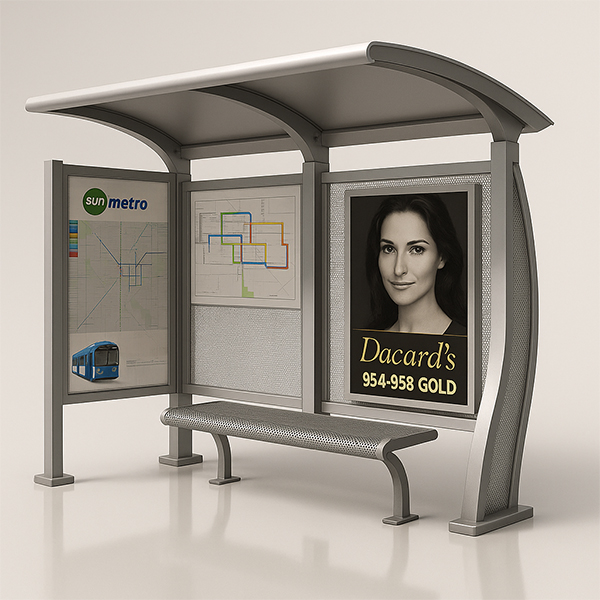 Curved Shed Bus Stop Shelter
Curved Shed Bus Stop Shelter -
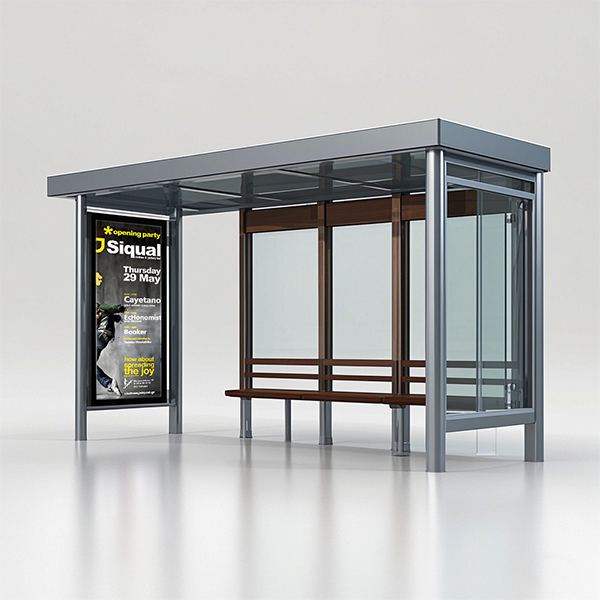 Semi-enclosed Bus Stop
Semi-enclosed Bus Stop -
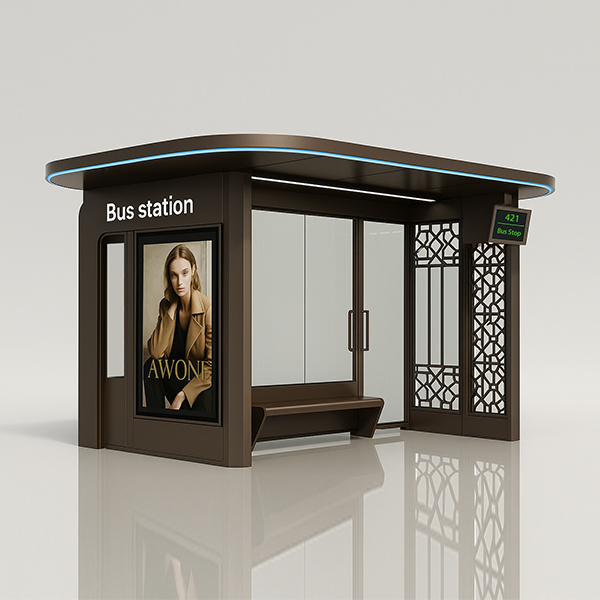 Modern Design Bus Station
Modern Design Bus Station -
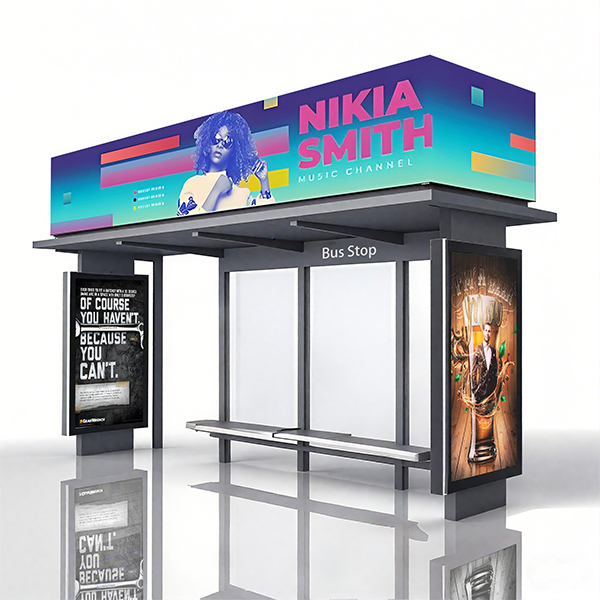 Rooftop Advertising Bus Stop Shelter
Rooftop Advertising Bus Stop Shelter -
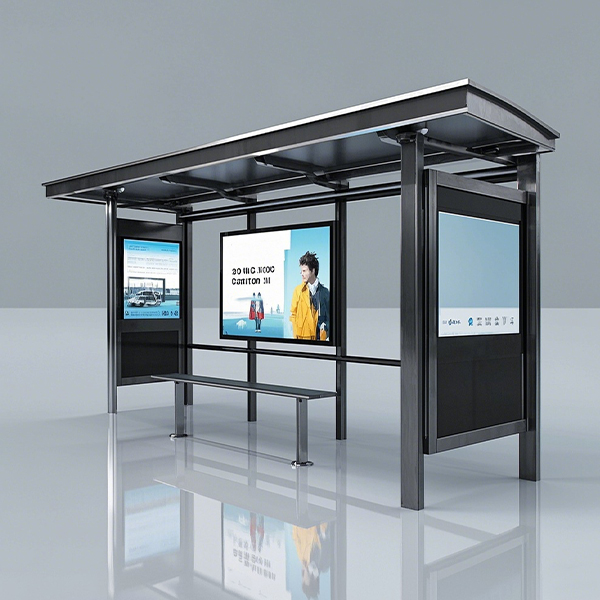 Three Advertising Box Bus Stop Shelter
Three Advertising Box Bus Stop Shelter -
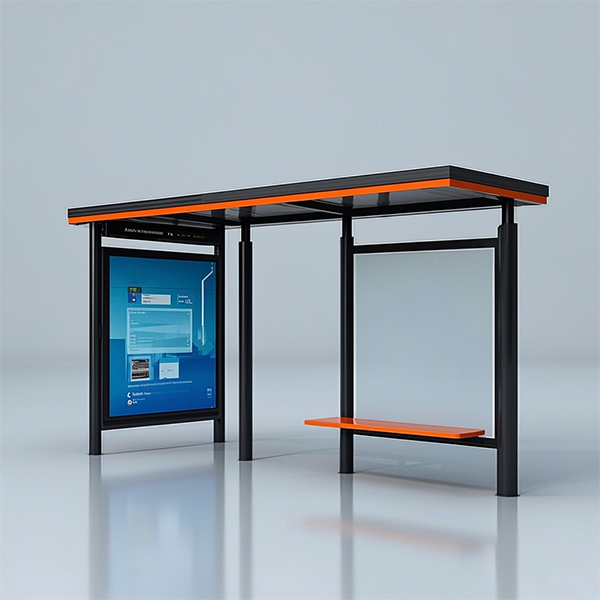 Bus Stop Shelter
Bus Stop Shelter -
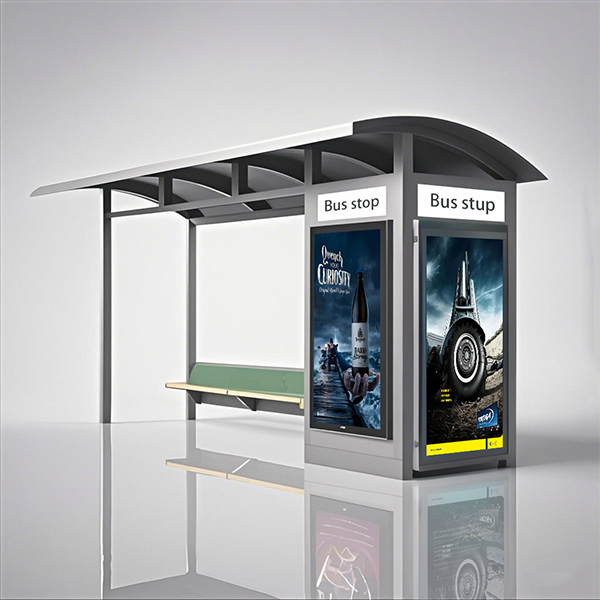 Advertising Bus Stop
Advertising Bus Stop







